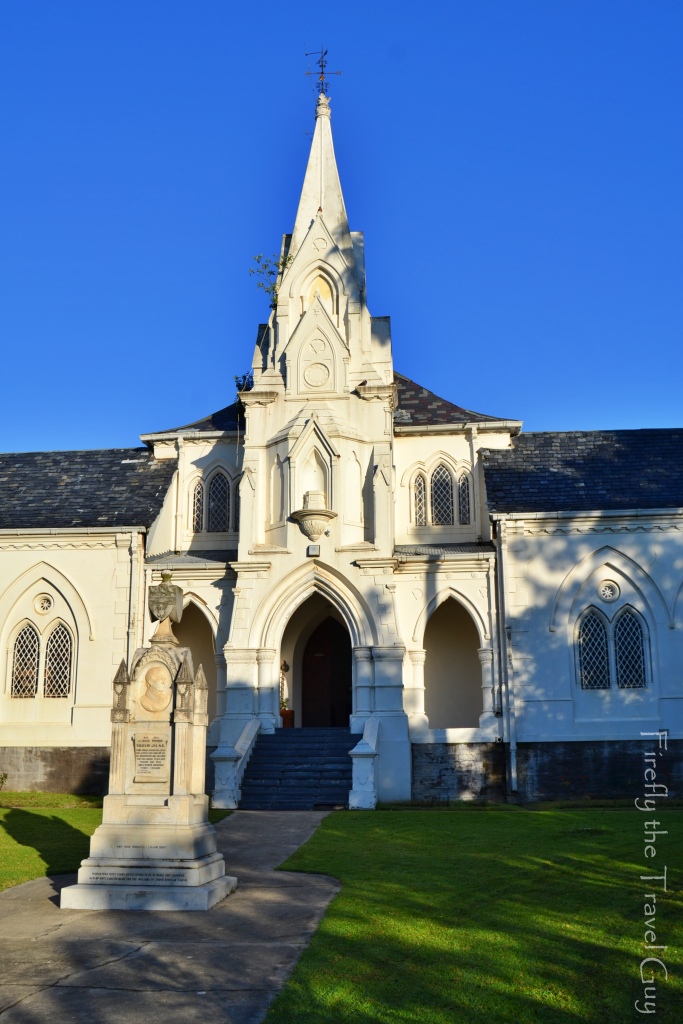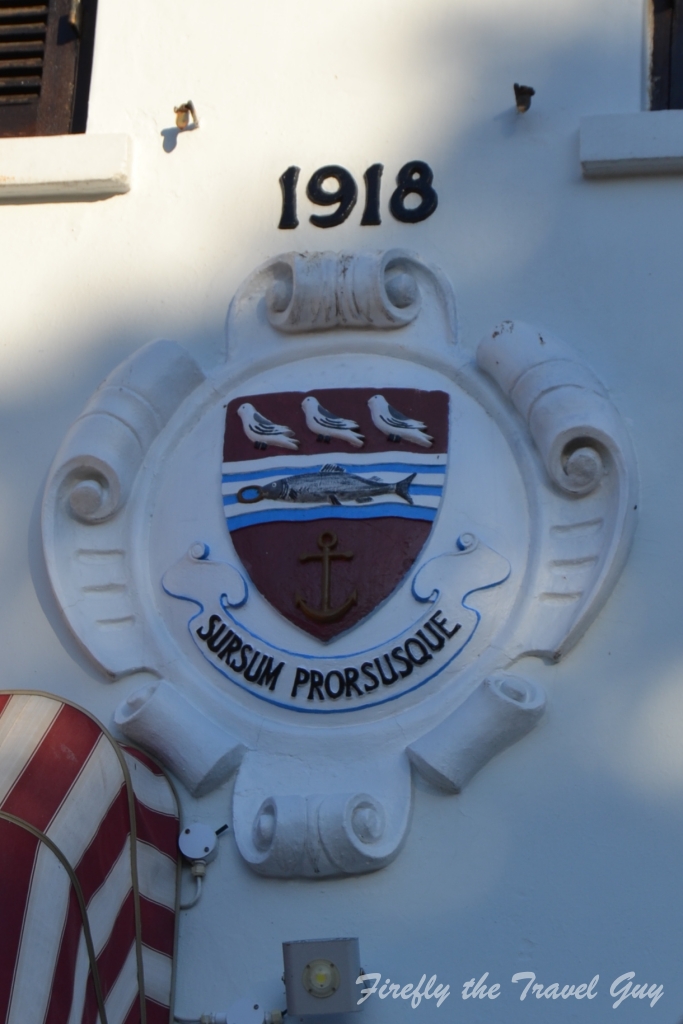
The history of Somerset East dates back to 1815 when Lord Charles Somerset established an experimental farm at the foot of the Boschberg. Somerset Farm was started to supply food to the British troops manning the eastern frontier of the Cape Colony, provide their horses with feed, and partly to cultivate tobacco for export purposes. By 1825 Lord Charles stood on the stoep of the house in 9 Paulet Street and surveyed Somerset Farm, dividing it into erven, thus starting the beautiful town of Somerset East after the closure of the farm.

Four years later Dr William Gill settled in the new town and became the District Surgeon. At the time he found a raw and sprawling village with about seventy houses. His scientific interest in Botany was satisfied by the wealth of botanical specimens to be found on the Boschberg. Gill didn’t make a lot of money as doctor but did very well for himself financially as a farmer. He began small with a flock of merino sheep and eventually had a farm near Cookhouse which led to whatever wealth he accumulated.

William Gill passed away on 14 September 1863 at the age of 71 having lived in Somerset East for 40 years. In will he left £23 000 to be used to set up and run an institute of higher learning. The people of the district undertook to fund the building and seven local men, including Robert Hart, were made trustees, and given the task of following his wishes. The college was established in 1869 as a university and the beautiful architecture was based on that of the University of Glasgow. In 1903 Gill College became a high school and between 1928 and 1965 it was a school just for boys.
Today, Gill College is a proudly South African dual medium high school with boys and girls from all cultures and backgrounds.

After his death Gill was buried in the old cemetery at the foot of the Boschberg. In 1916, his remains were reburied in front of the school which he endowed, and that now carried his name, Gill College.


A memorial was also erected in front of the original college building and next to his grave in 1923. The building was built in 1869 and is now the school’s library. The magnificent campus truly is a fitting memorial for such a man.

The school has a number of historic buildings. In addition to the original building, the adjacent one was built in 1918, while College House built in 1892 is now the boys’ hostel.

In keeping with Gill’s background, the school’s coat of arms has three footless martlets, which are on the Gill family’s crest, a fish and a ring which are from the arms of both the university and the city of Glasgow and below that there is the sheet anchor of the Cape Colony. The moto “sursum prorsusque” means “upward and onward”.
May Gill College continue to uphold it’s history and historic values and keep going upward and onward.


